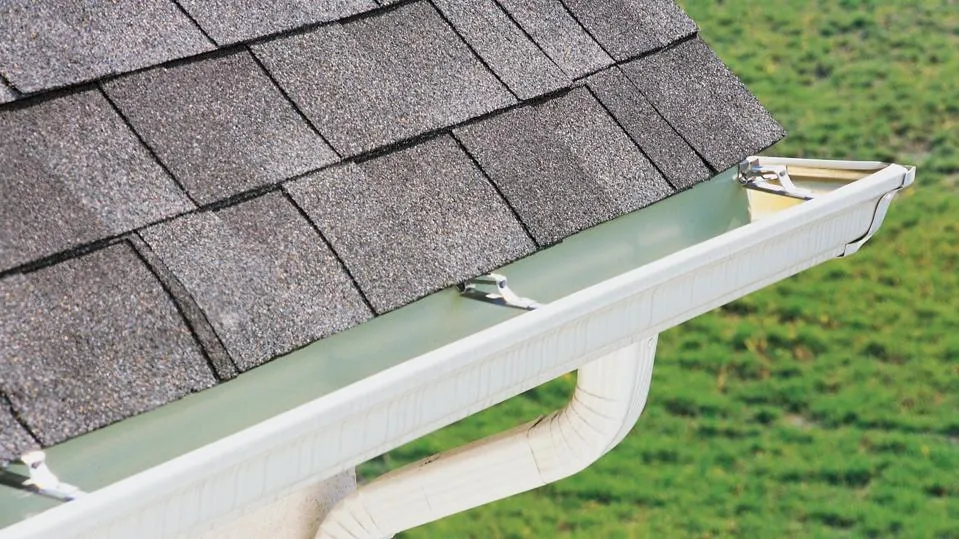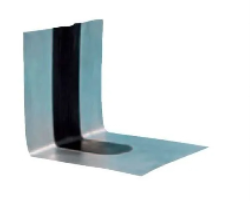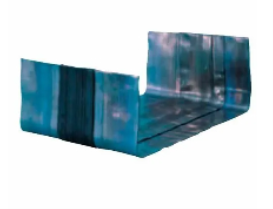
Sandwich panels are used in applications where a combination of high structural rigidity and low weight is required, that is, vehicles, buildings, and constructions. The materials used as the thermal insulation core in sandwich panels are commonly used and readily available panels: mineral wool, polystyrene (PS), polyisocyanurate foam.
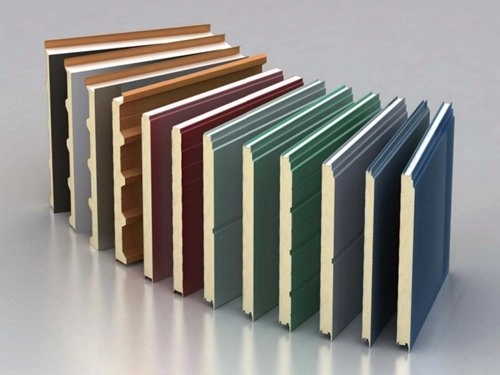



Lightweight composite Energy-saving sandwich wall panel is composed of face panel and interior filling. The material of face panel is thin fiber cement board or calcium silicate board, and the middle filled with lightweight composite core materials, including cement, EPS and fly ash.



Indoor Lighting
Indoor lighting is the type of lighting used primarily inside buildings or enclosed spaces. This type of lighting usually has a warm color temperature and can be tailored to fit the style and atmosphere of any room.
Outdoor Lighting
On the other hand, outdoor lighting is used primarily outside buildings and in open-air spaces. This type of lighting often has a brighter color temperature and can be designed to highlight certain features or provide safety and security.
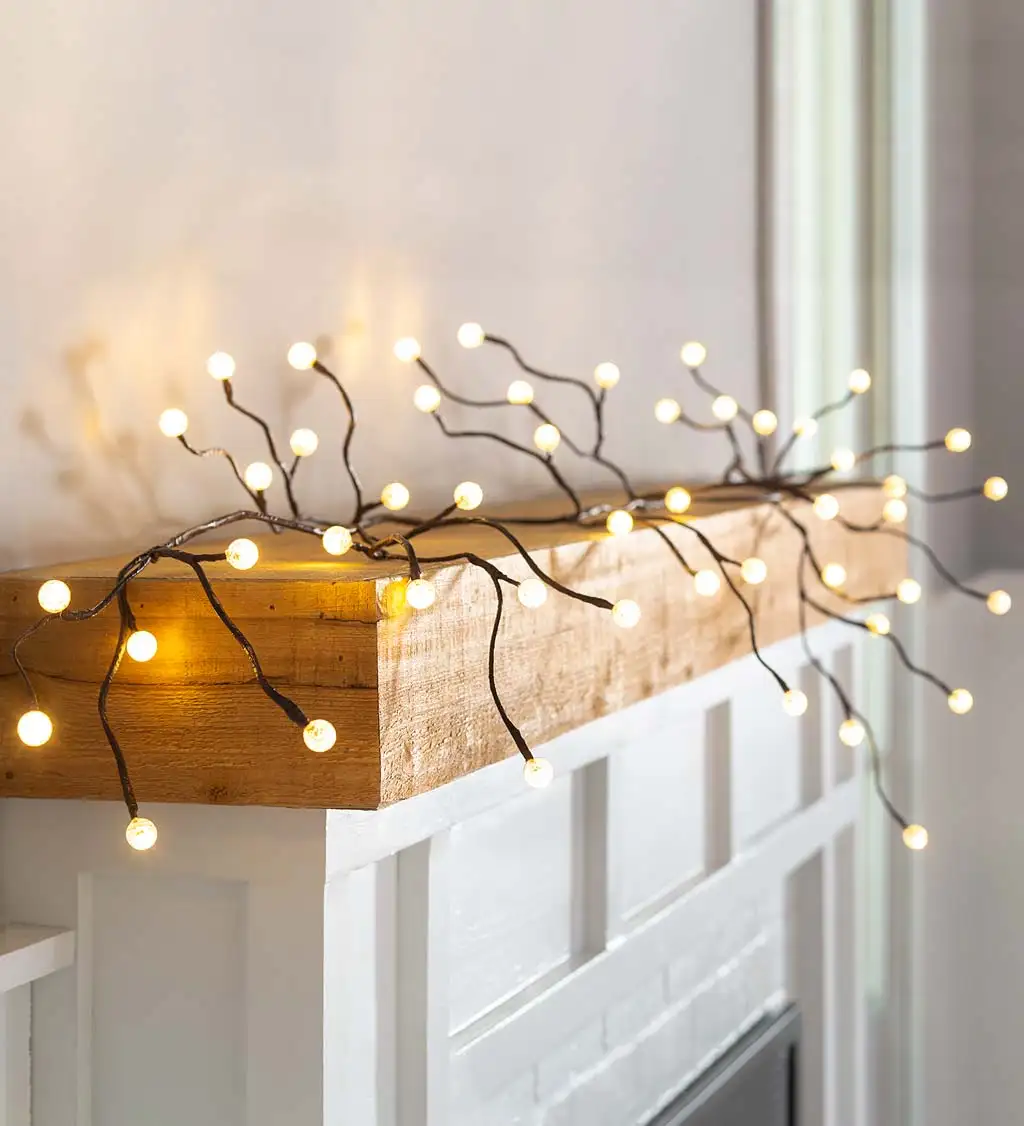
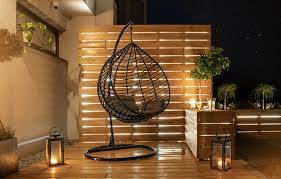
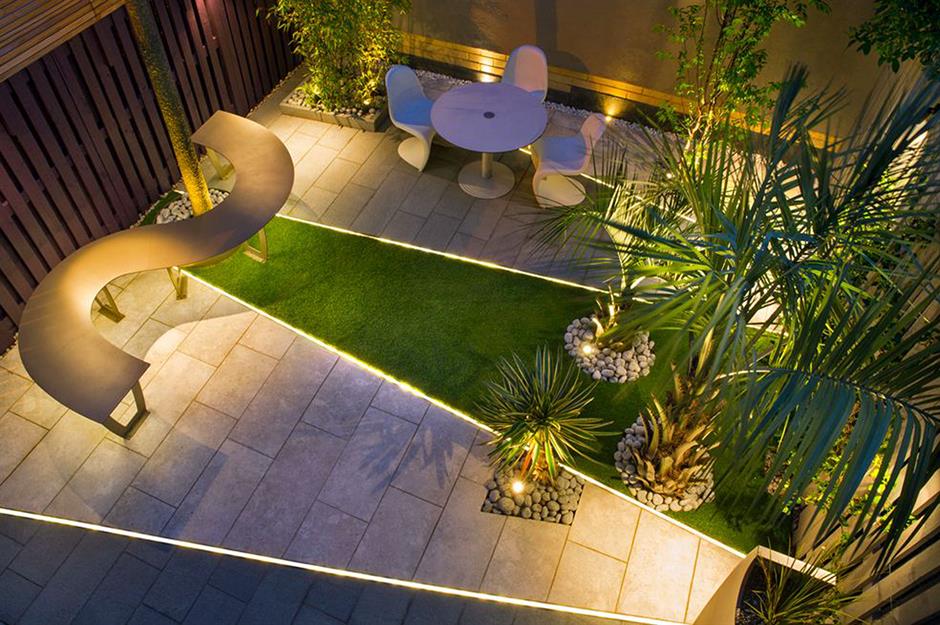

MEP incorporates various building aspects, whilst HVAC is a single entity or system. MEP corresponds to Mechanical, Electrical, and Plumbing, whereas, HVAC stands for Heating, Ventilation, and Air Conditioning. HVAC systems can be considered as a subset of the Mechanical trade for MEP systems.
MEP is a complex system that incorporates various aspects including HVAC components, electrical systems, and plumbing equipment. MEP components can be listed as – Air Conditioning units, fans, wiring routes, lighting, conduits, energy consumption, water sewage, pipelines, storm drains, pumps, etc. On the other hand, HVAC systems are simple in design compared to MEP.
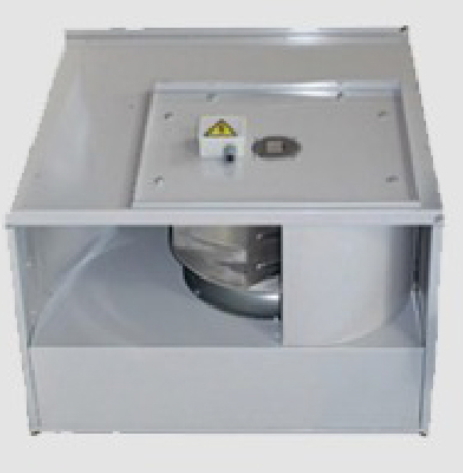
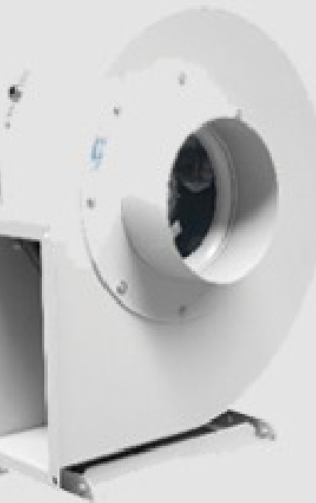


A raised floor is a data center construction model in which a slightly higher floor is constructed above the building's original concrete slab floor, leaving the open space between the two floors for wiring or cooling infrastructure.

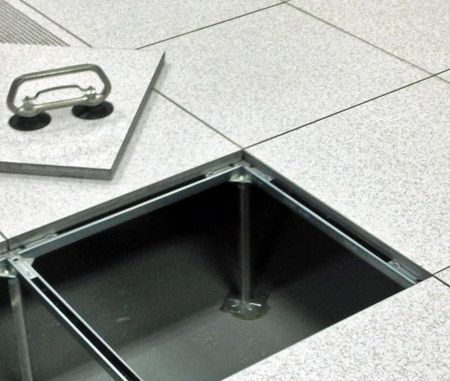


Honeycomb structures are natural or man-made structures that have the geometry of a honeycomb to allow the minimization of the amount of used material to reach minimal weight and minimal material cost. The geometry of honeycomb structures can vary widely but the common feature of all such structures is an array of hollow cells formed between thin vertical walls. The cells are often columnar and hexagonal in shape. A honeycomb shaped structure provides a material with minimal density and relative high out-of-plane compression properties and out-of-plane shear properties.
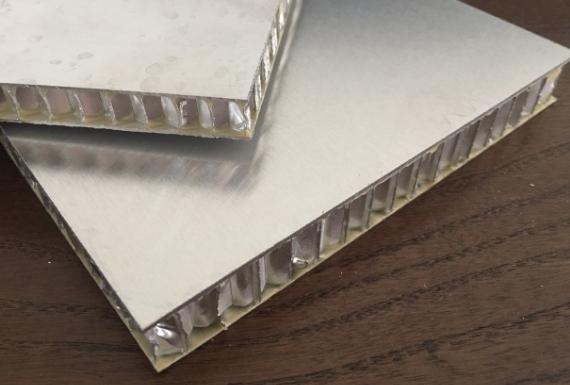
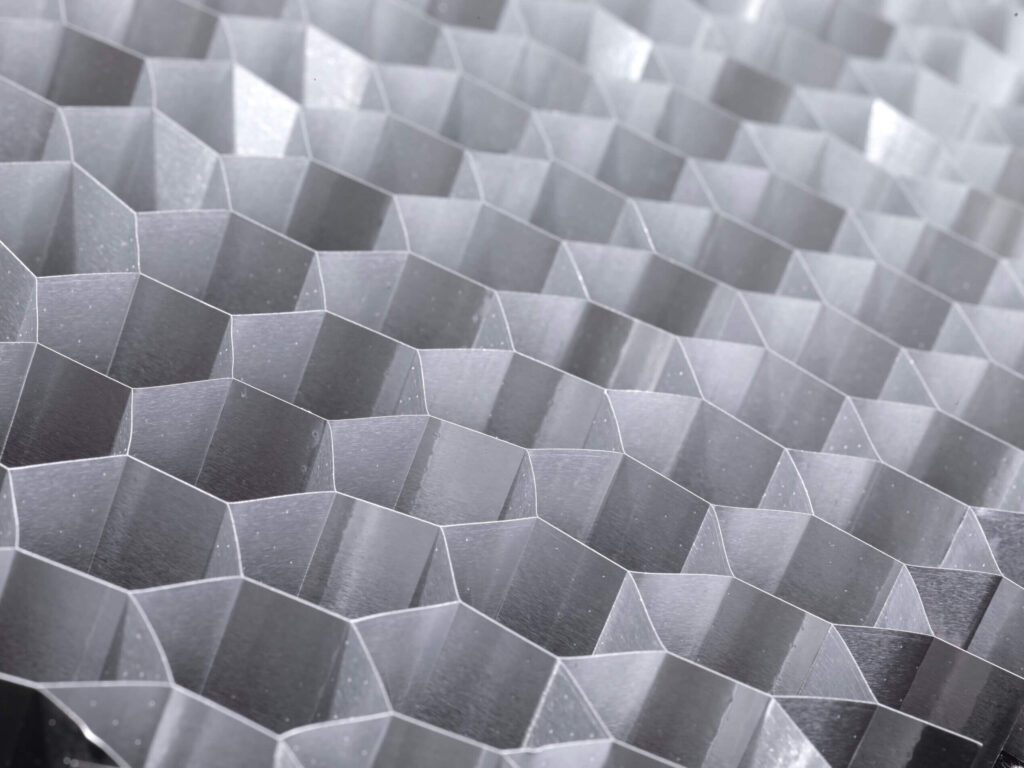

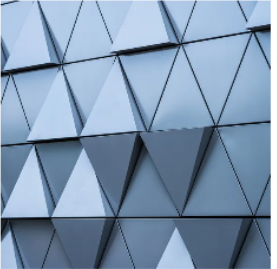
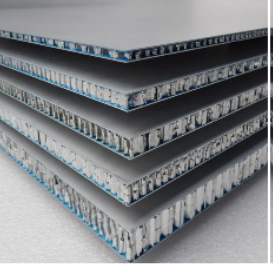

Ceramic
In the ancient world, ceramics were simply materials made from clay, such as pottery. A traditional example would be earthenware pottery, which is the result of baking or “firing” clay in a kiln at low temperatures — a cool 1,400 degrees Fahrenheit, compared to more than 2,300 degrees for porcelain tile!
In the modern world, technological advancements have expanded the term’s definition. Today, materials called “advanced ceramics” are used to make everything from medical implants to refrigerator magnets!
The tiles themselves are generally made from a mixture of water, sand, and clay. However, the spaces between the tiles, known as “grout,” are filled with a separate mixture of water, sand, and “cement” like material. In some installations, the tile grout is made from epoxy instead of cement.
Porcelain
Porcelain tiles are commonly used to cover floors and walls, with a water absorption rate of less than 0.5 percent. The clay used to build porcelain tiles is generally denser than ceramic tiles. They can either be glazed or unglazed. Porcelain tiles are one type of vitrified tiles and are sometimes referred to as porcelain vitrified tiles.
Porcelain is much harder than ordinary ceramic tiles and is often selected, despite its higher price, for its hard-wearing nature. Porcelain can be used in both wet and dry areas such as bathrooms, showers, and kitchens.
Marble/Granite
Marble is a metamorphic rock, formed through high pressure and heat deep in the earth. The swirls and color streaks are the result of large mineral deposits, often in the form of silt, clay, iron, or chert. Granite is an igneous rock, meaning that it is essentially solidified lava.
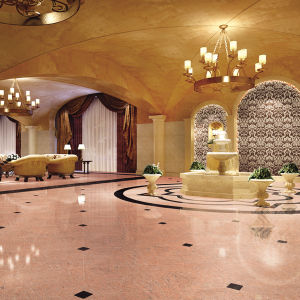
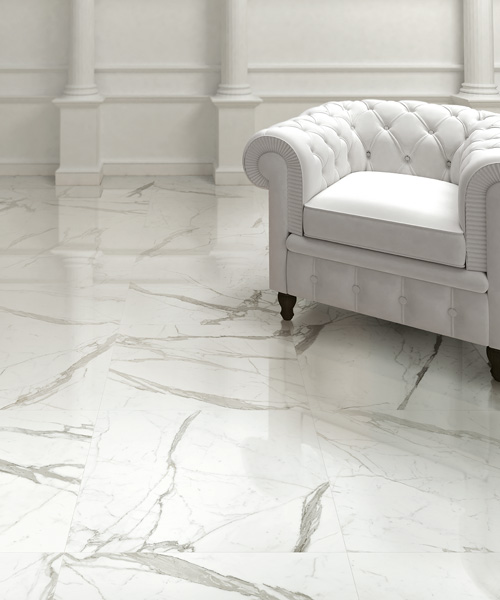
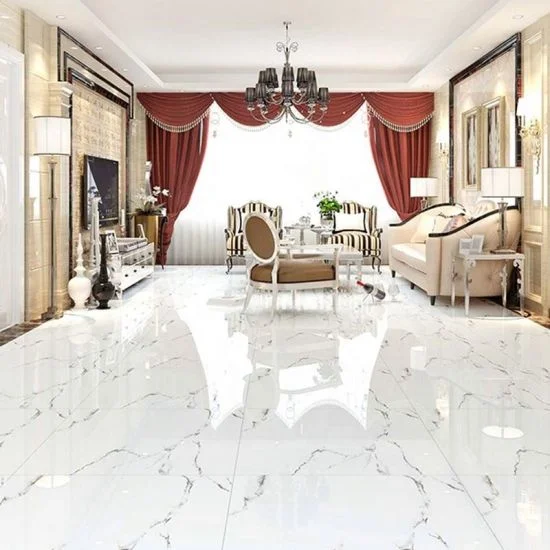
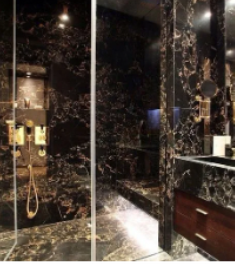



Plumbing fixtures, as sinks or toilet bowls, made of ceramic material or enameled metal.
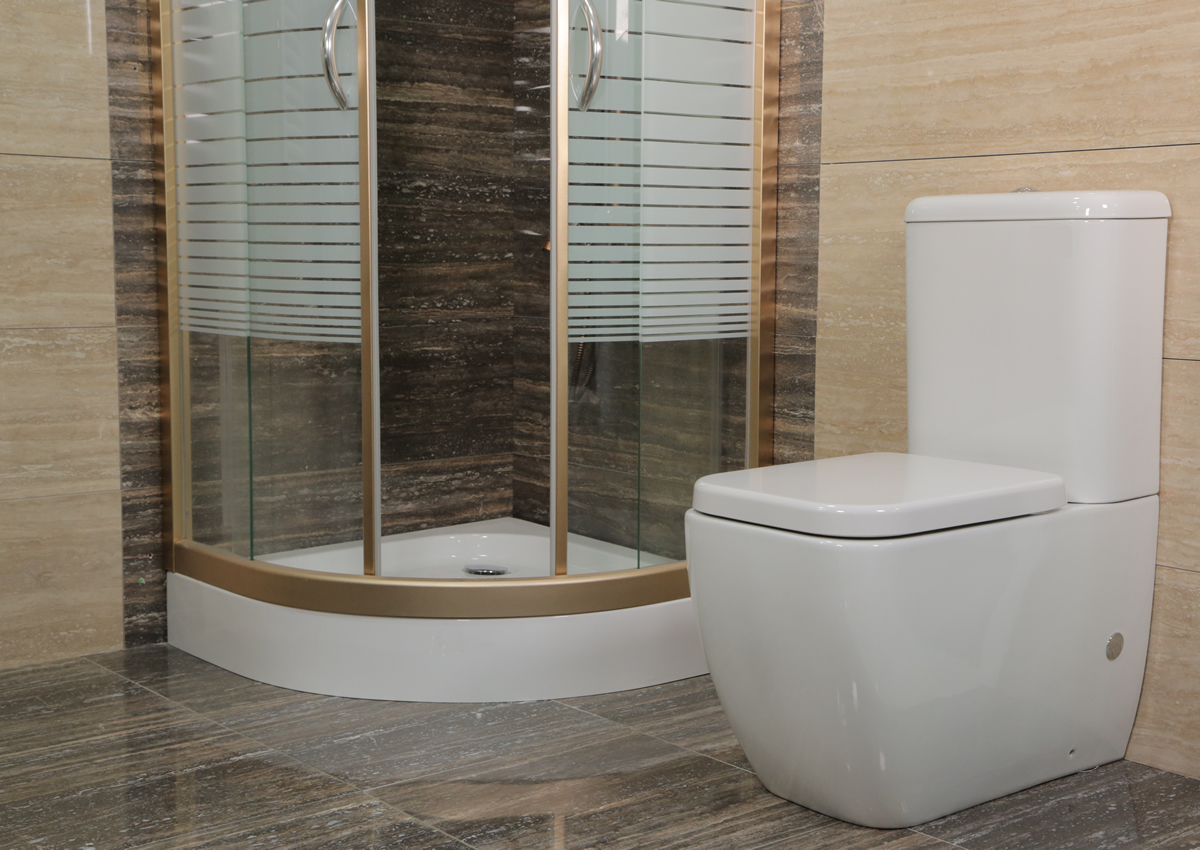

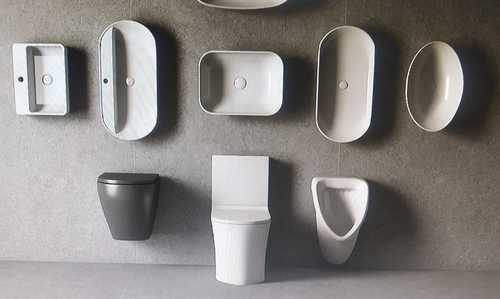

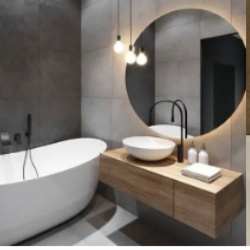

Mixer taps allow for temperature regulation by the user. These taps mix hot and cold water before the water reaches the outlet.


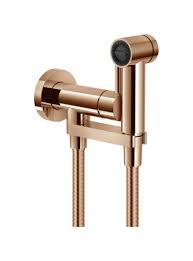

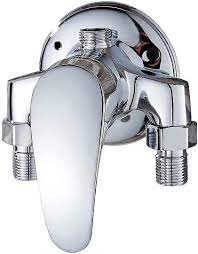
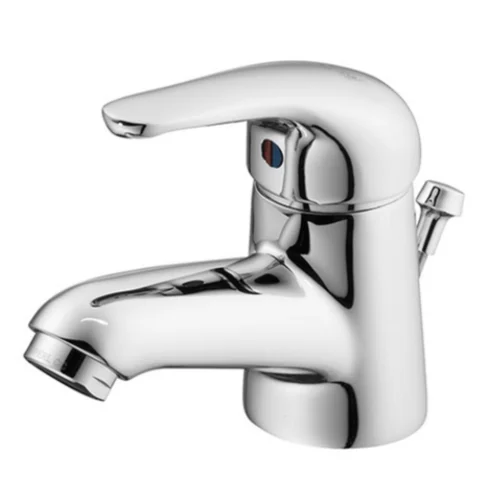

The term gypsum panel products is used throughout GA-216 and is defined in ASTM C11, Standard Terminology Relating to Gypsum and Related Building Materials and Systems as the general name for a family of sheet products consisting essentially of gypsum. Gypsum board is defined in ASTM C11 as, “the generic name for a family of sheet products consisting of a noncombustible core primarily of gypsum with paper surfacing.” Gypsum boards make up the predominant portion of the family of materials identified as gypsum panels.
Gypsum panel products can be faced with paper or another material, or they may be unfaced. Gypsum board, glass mat panels and sheathing products, and unfaced gypsum-based sheet products are all considered to be gypsum panel products.
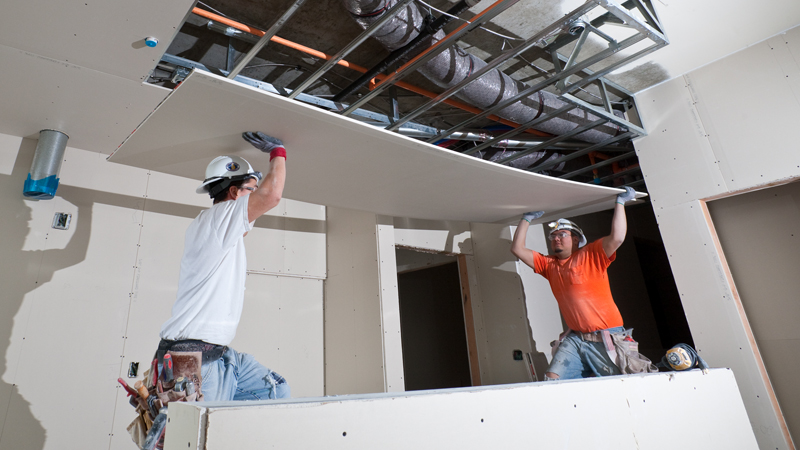


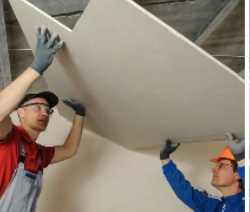


Mineral wool is a catch-all term that can be used to describe two different forms of material: glass mineral wool and rock mineral wool. Both rock mineral wool and glass mineral wool can be produced in a variety of densities, making both options versatile and suitable for a wide range of building applications.
Depending on how it is produced, rock mineral wool can be a highly sustainable material. In fact, some rock mineral wool solutions include nearly a quarter of secondary industrial waste. Additionally, rock mineral wool has great heat saving properties and can be used to help improve the energy efficiency of homes.
Increasingly, recycled glass is used in the manufacture of glass mineral wool insulation. Glass mineral wool can theoretically be reused and recycled at the end of its life. However, it is worth noting that it’s harder to do this within the UK as there are currently no ‘take back’ schemes available for the material.
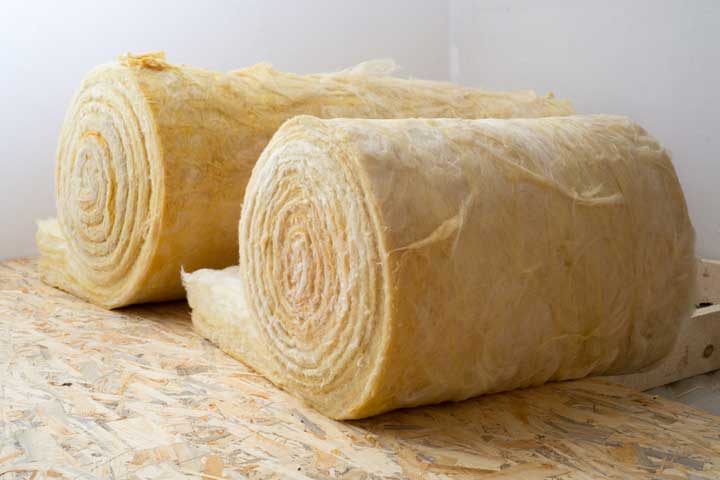
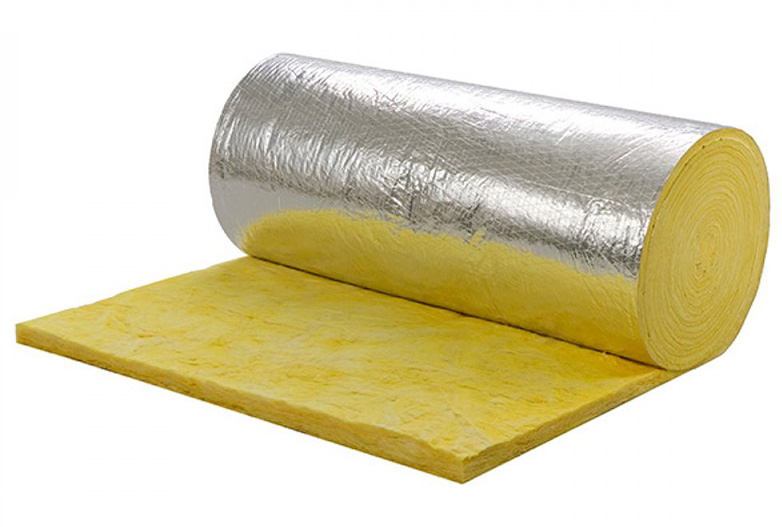
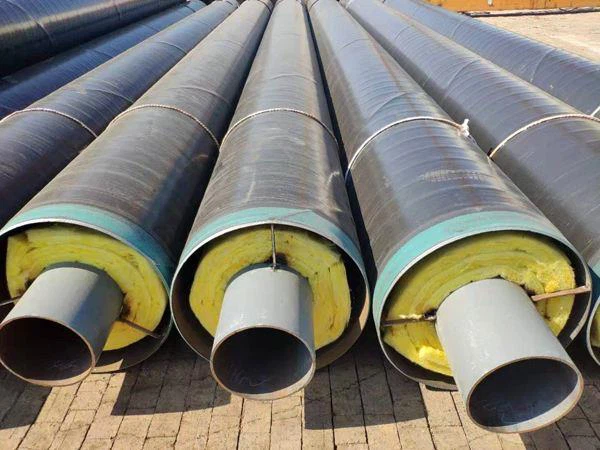
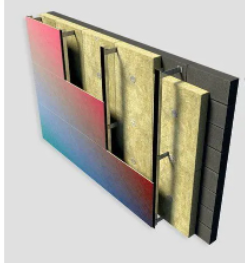
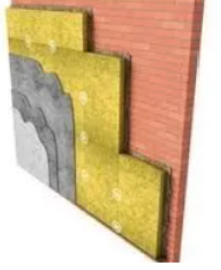

The creation of PUR and PIR:
PIR and PUR are both derived from , a plastic material invented by German scientist Otto Bayer and his colleagues in 1937. In 1954, the accidental introduction of water resulted in rigid polyurethane (PUR).
Just 13 years later in 1967, scientists improved upon PUR’s thermal stability and flame resistance to create polyisocyanurate (PIR). In order to create the new type of insulation, scientists induced a chemical reaction at a higher temperature.
The benefits of PUR:
PUR insulation can be injected into wall cavities to create an energy efficient barrier. The foam is able to reach small spaces to create an air-tight seal. According to the , PUR provides “the best thermal performance of all practical full cavity insulants.”
PUR foam can be continuously sprayed onto any type of surface. It is generally less expensive than other materials, making it ideal for renovations.
In flood prone areas, PUR’s high water resistance can minimize the impact of water damage in wall cavities, since it is a material that does not hold moisture.
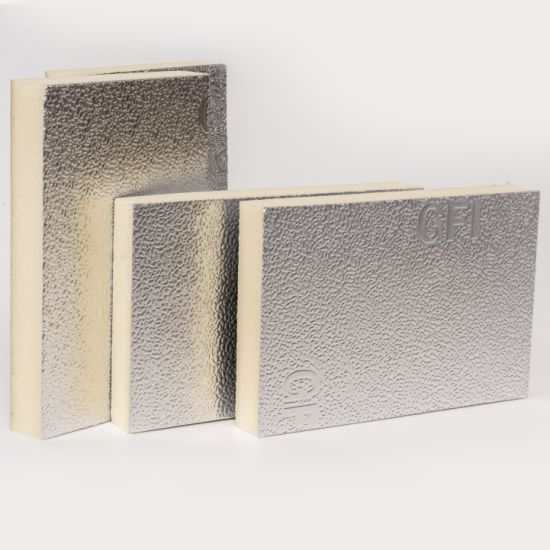


Polystyrene insulation has been the go-to choice for a variety of uses, not just as insulation but predominantly as packaging and single-use food and drinks containers.
It is used as floor insulation primarily along with being suitable for other applications like roof and wall insulation.
Polystyrene is used either in the expanded form (EPS) or the extruded form (XPS). Both of these foam insulation boards are known for their exceptional insulating properties.
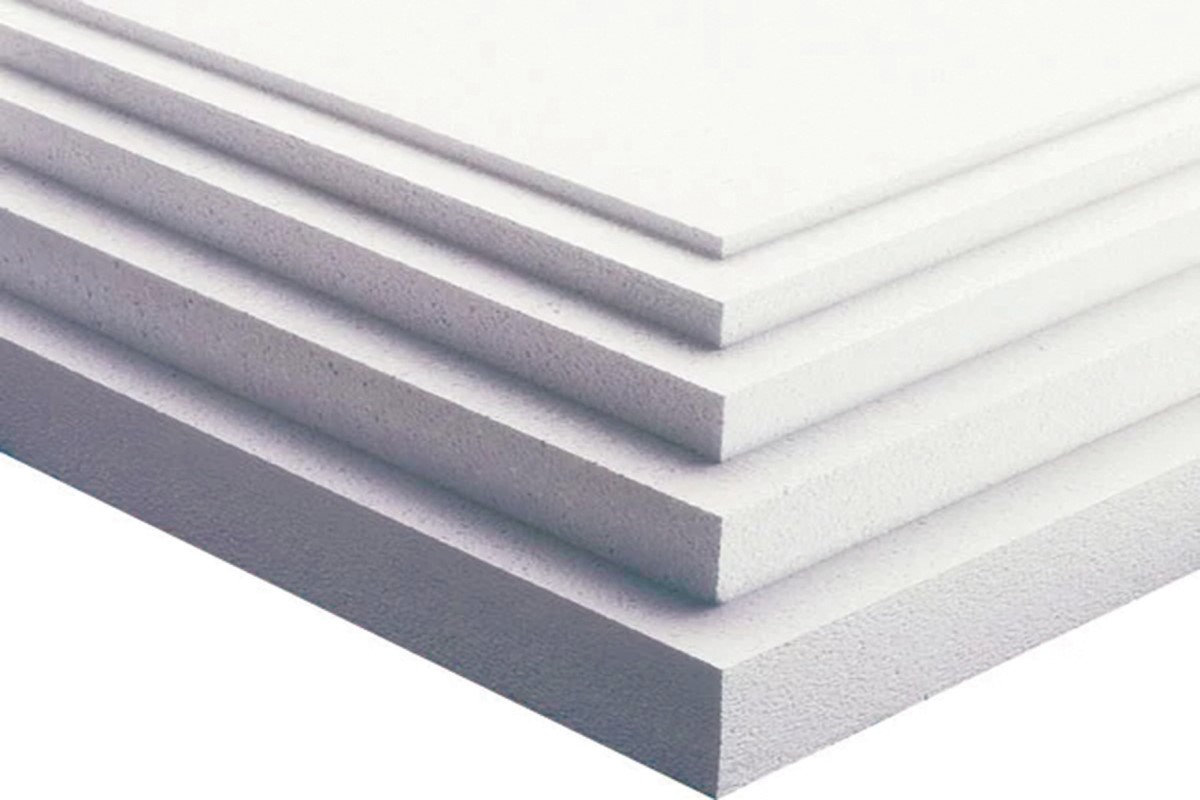



Each object needs fasteners, finishing elements, sealing of leaks, and all this must be aesthetically matched to the character of the object.
- self-drilling screws for steel, for wood of various lengths and degree of drilling,
- flashings in the color of wall and roof sandwich panels,
- steel and PVC guttering in standard RAL colors,
All elements of the facility's finishing in agreement with the investor at the project valuation stage are developed.
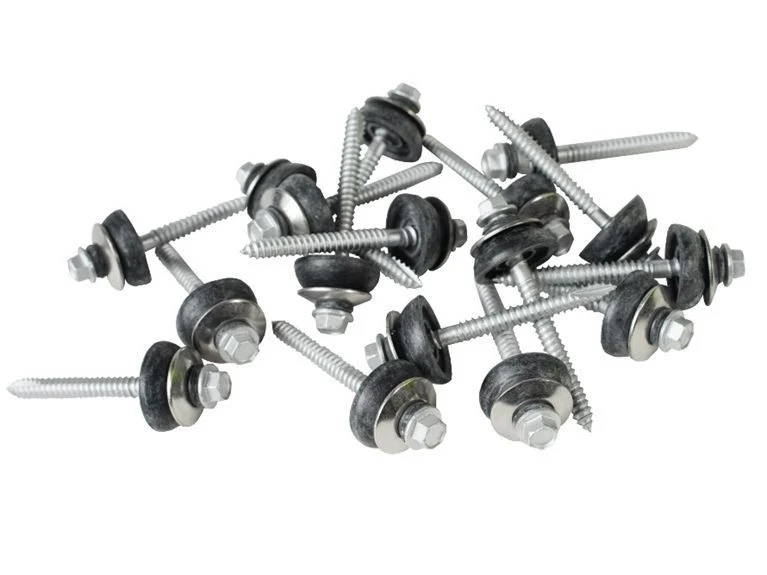



Stadium is a place or venue for (mostly) outdoor sports, concerts, or other events and consists of a field or stage either partly or completely surrounded by a tiered structure designed to allow spectators to stand or sit and view the event.
Pausanias noted that for about half a century the only event at the ancient Greek Olympic festival was the race that comprised one length of the stadion at Olympia, where the word "stadium" originated.
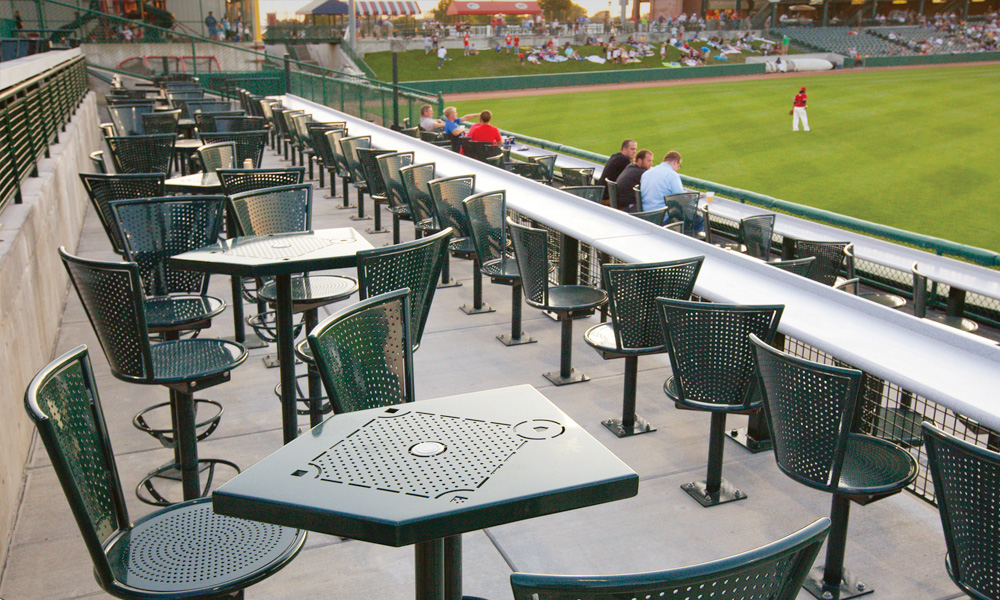



Office furniture is an important element of office environment. It is needed to conduct office work efficiently and comfortably. Every office needs furniture as a basic facility. Most office work is desk work performed indoors.
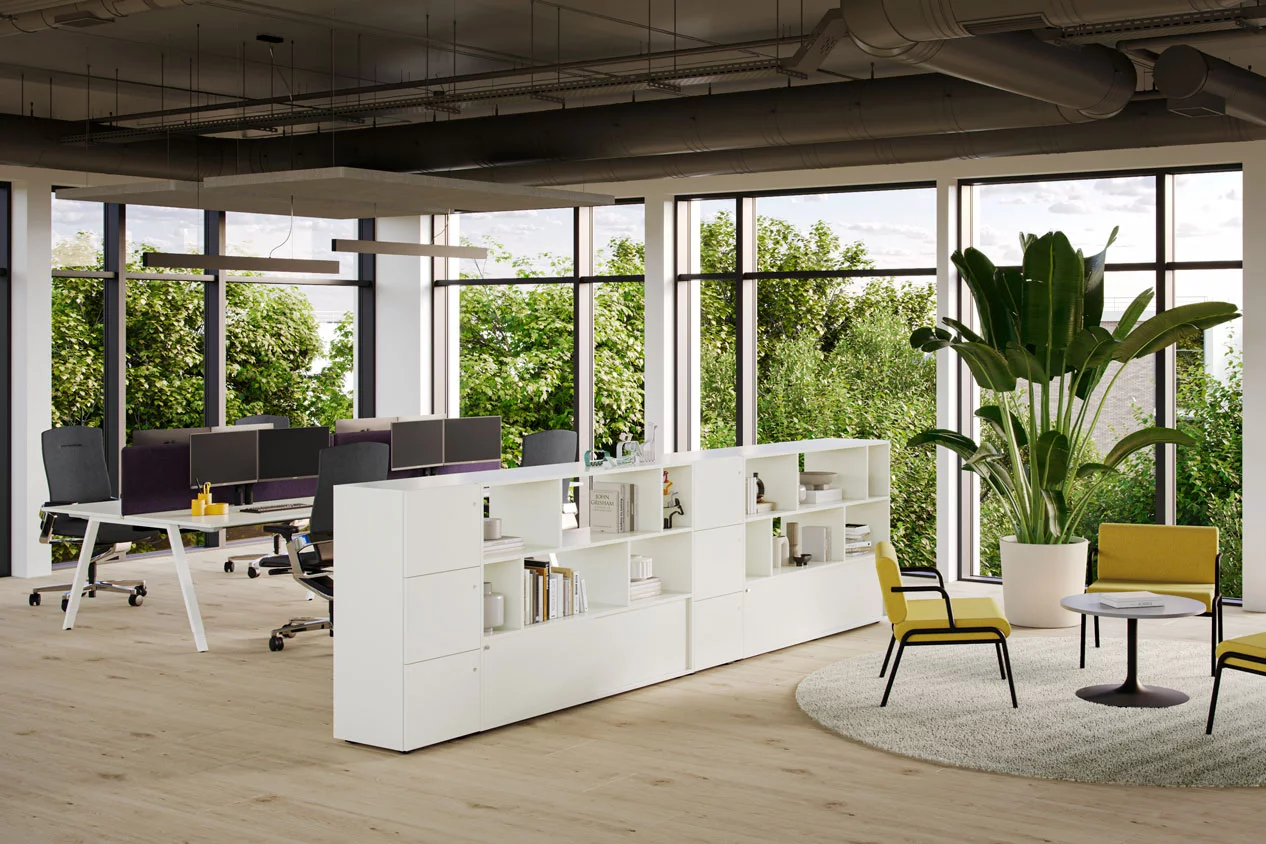
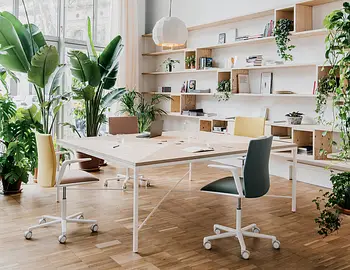


Outdoor Furniture means furniture that is specifically designed for use outdoors and is limited to tables, chairs; “Owner” of a Lot means the registered owner of the Lot and includes where the context allows the Owner’s invitees, employees and agents;

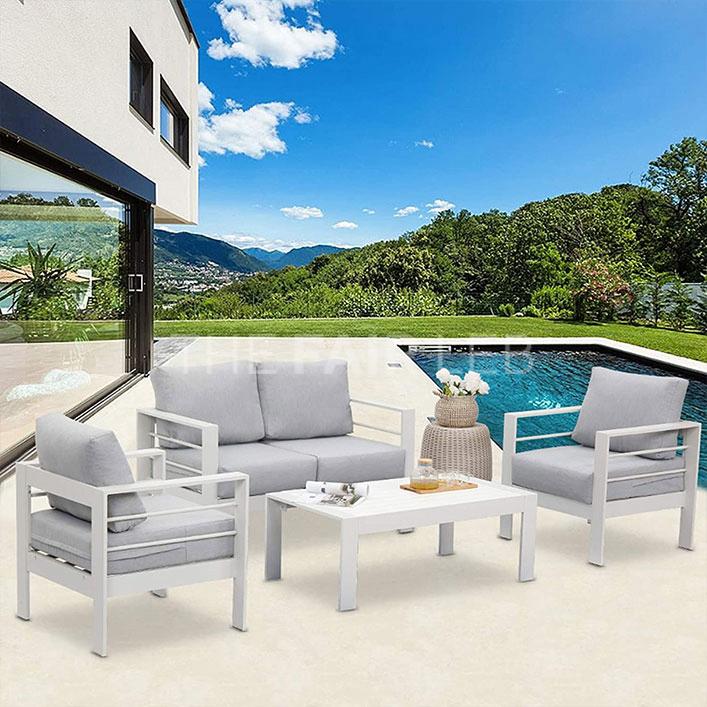


Restaurant furniture refers to the tables, chairs, booths, and other types of seating, as well as decor and other equipment, used in a restaurant setting. This can include items such as tablecloths, napkins, silverware, glassware, and other items used to set and serve tables.
It may also include lighting fixtures, artwork, and other decorative elements that contribute to the overall atmosphere of the restaurant.

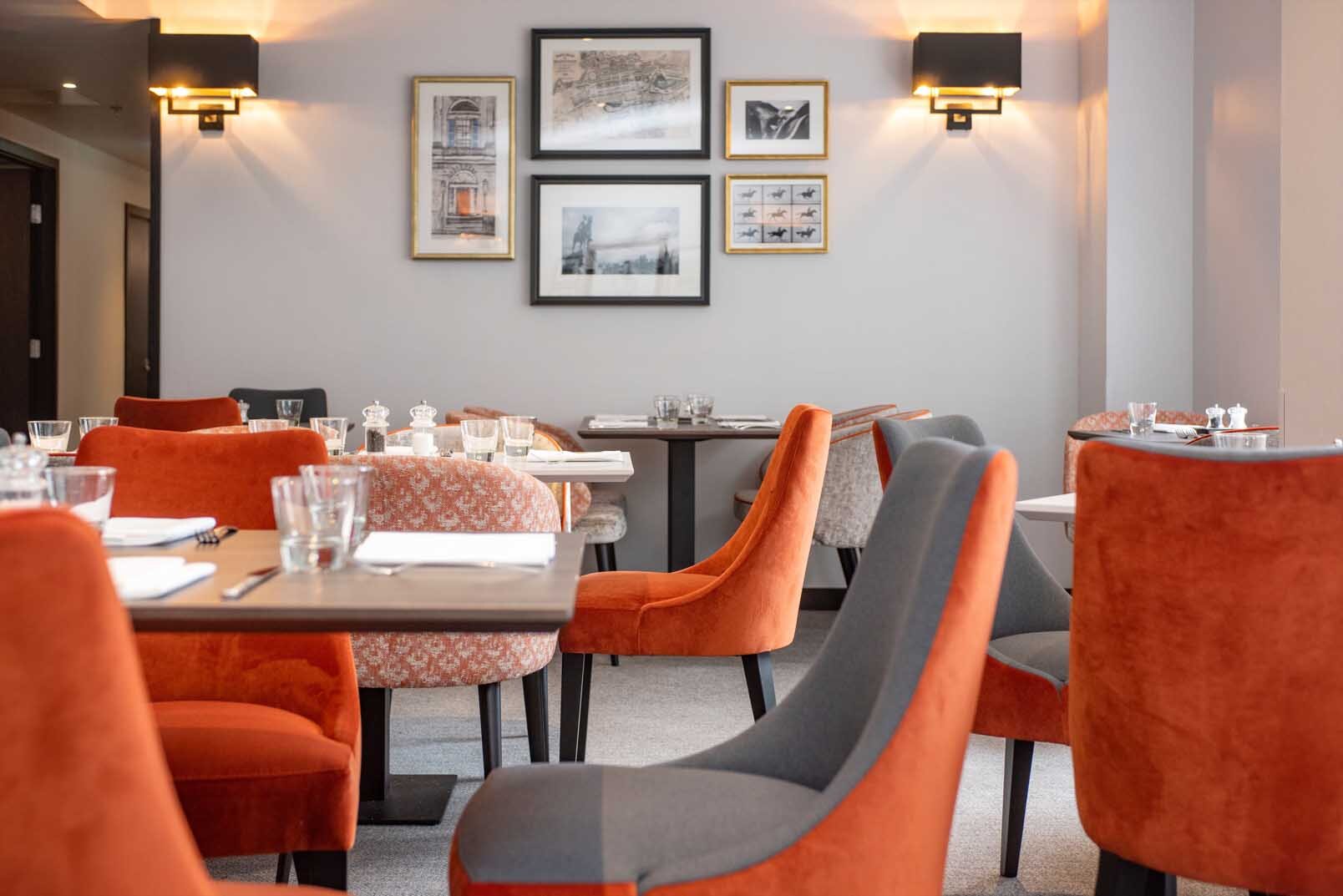


Landscaping requires a certain understanding of horticulture and artistic design, but is not limited to plants and horticulture. Sculpting land to enhance usability (patio, walkways, ponds, water features) are also examples of landscaping being used. When intended as purely an aesthetic change, the term Ornamental Landscaping is used.
Often, designers refer to landscaping as an extension of rooms in your house. Outdoor spaces have a vast amount of flexibility as far as materials and function. It is often said the only limitation to outdoor space is one's imagination.

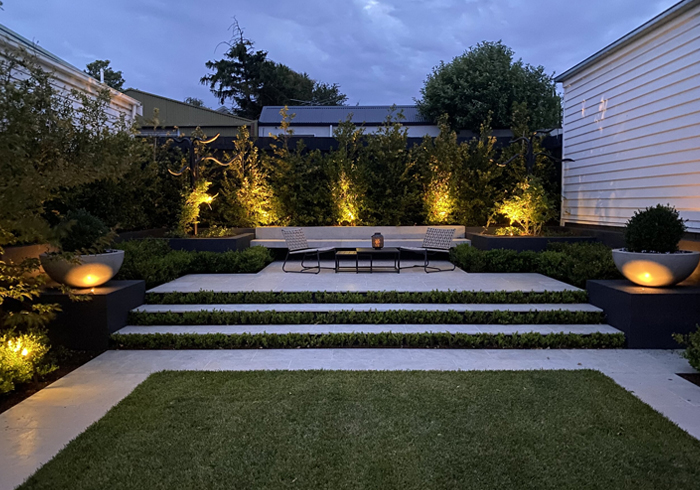


the natural or ecological pool, also known as a biopool, does not use chemical purification systems , but does so through natural means with plants. It is a healthy and alternative way to enjoy a swimming pool , saving on the amount of chemical products you buy annually to keep it suitable for bathing.
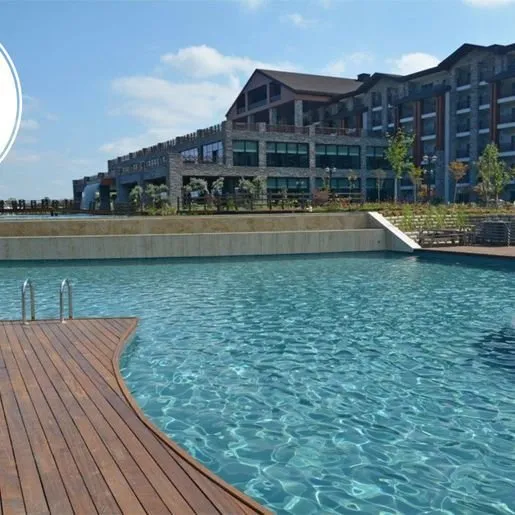
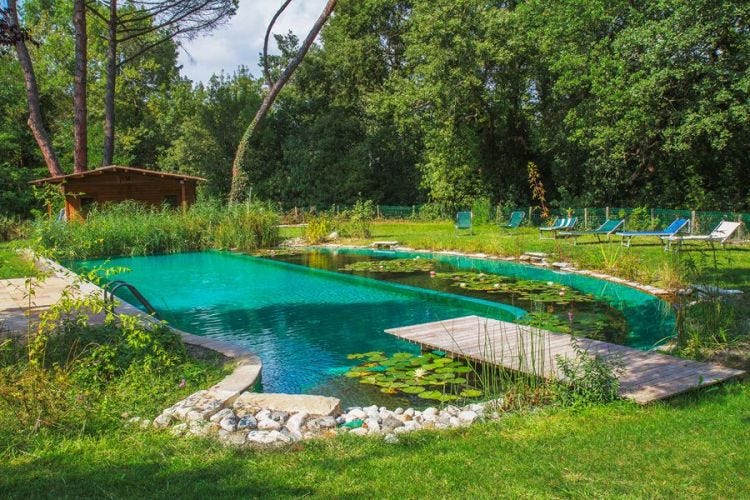

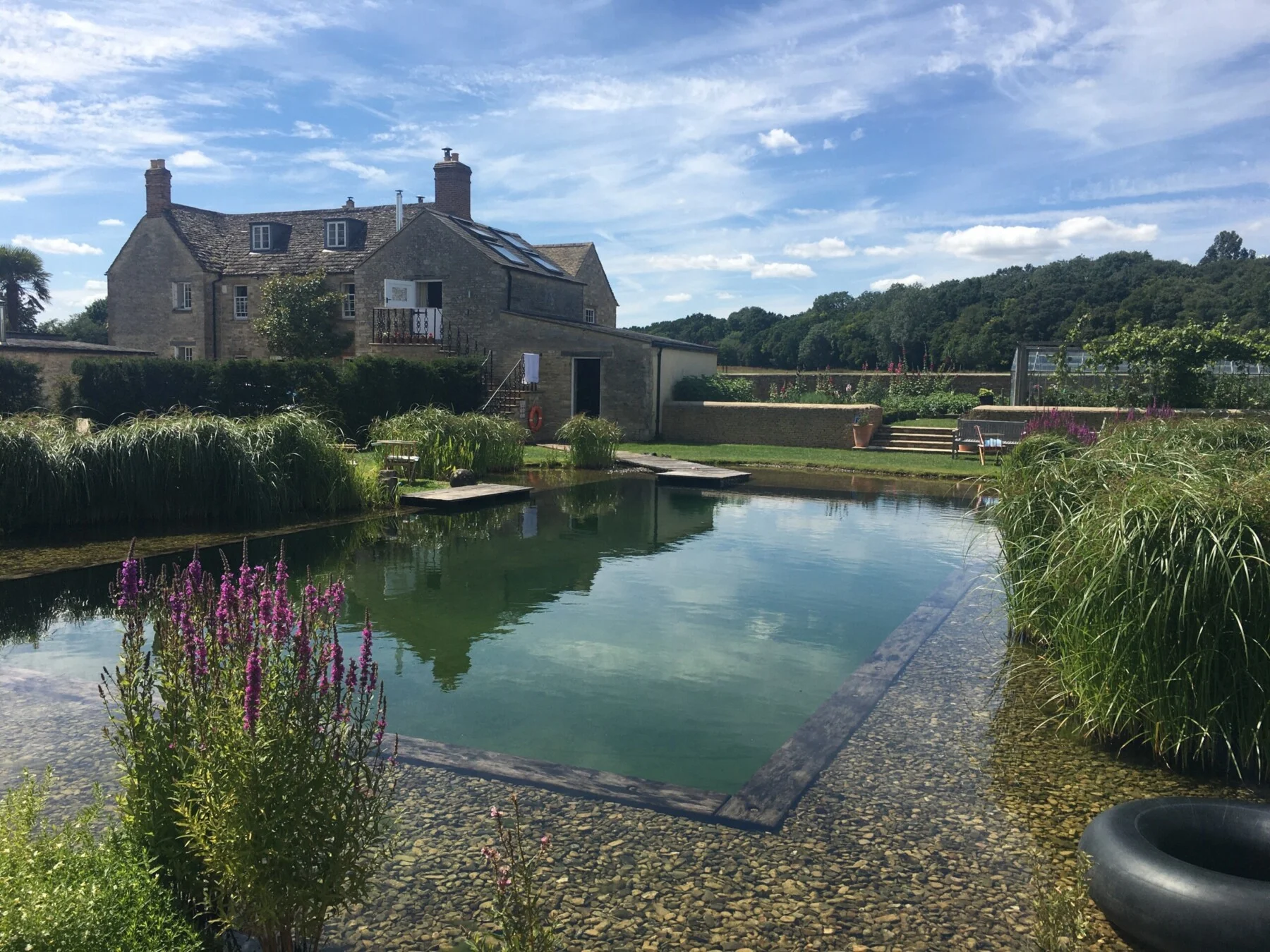

Sometimes the design of a roof dictates that a traditional lead lined gutter installation would not be suitable, as the necessary drip provision cannot be fulfilled.
Calder’s gutter expansion joint has been designed to overcome this common problem and provide a cost-effective, durable and easy to install solution.
The joint comprises two lead strips which are connected by a high-quality, double sided and vulcanized, EPDM synthetic rubber band.

